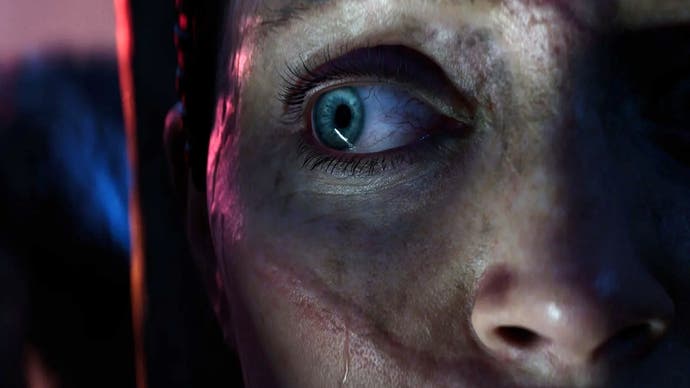2025 stands out for how far visuals have advanced. Studios lean on ray tracing, AI scaling, and dense environments. Players expect responsive worlds that look close to film. Even casual audiences who stumble on these games, for example while browsing American Luck Casino, see how striking interactive entertainment has become.
How Developers Measure Visual Quality
The best-looking titles share clear benchmarks. Reviewers and players often mention:
- Lighting and shadows: Global illumination and ray tracing add natural depth.
- Texture resolution: Ultra-HD assets keep surfaces sharp up close.
- Environmental effects: Weather shifts and atmosphere change tone mid-session.
- Performance balance: Modes for either smoother frame rates or higher detail.
When combined with strong art direction, these features make worlds feel tangible.
Assassin’s Creed Shadows
Ubisoft’s new chapter in feudal Japan is one of the most striking of 2025. Seasonal shifts transform scenery: blossoms, heavy rain, autumn leaves, winter storms. On PC, ray-traced lighting enhances wet streets and night scenes. Reviews confirm that consoles hold stable performance, with quality mode showing stronger shadows and reflections.
Highlights:
- Seamless seasonal transitions.
- Expressive animation and detailed models.
- Reliable balance of fidelity and playability.
Oblivion Remastered
Bethesda rebuilt its 2006 classic in Unreal Engine 5. The remaster includes all expansions and redesigned UI while keeping the spirit of the original.
Updated lighting makes dungeons darker and towns more inviting. It may not rival brand-new titles, but it merges nostalgia with modern fidelity.
Death Stranding 2: On The Beach
Kojima Productions launched the sequel in June 2025 on PlayStation 5. It expands the cinematic style of the first game.
Reviews highlight smoother animation, more detailed models, and complex water effects. Critics call it one of the best-looking releases on the platform, though demanding visuals push hardware limits.
GTA VI
Rockstar’s blockbuster is still unreleased, but trailers dominate discussion. Dense cityscapes, neon-lit avenues, and sharp reflections set expectations high.
Gameplay results remain unknown, but the footage has already defined visual hopes for open-world games.
Black Myth: Wukong
Game Science’s action RPG, released in August 2024, remains a benchmark in 2025. Built on Unreal Engine 5, it shows lush forests, foggy mountains, and cinematic combat. Demanding on PC, it requires high-end GPUs for smooth 4K play.
Key strengths:
- Realistic fur rendering on creatures.
- Particle-heavy effects in battles.
- Distinct artistic style rooted in Chinese mythology.
Senua’s Saga: Hellblade II
Ninja Theory’s sequel proves atmosphere defines graphics as much as raw fidelity. Close-up facial capture blurs the line with live action. Combat stages use fire, mist, and shadows to build tension.
Some reviewers mention uneven optimization, yet visually it stands as one of the year’s most immersive titles.
Why 2025 Feels Special
These six releases show how technology and style now work together. Hybrid lighting creates smoother day-night transitions. AI upscaling tools like DLSS and FSR preserve fidelity without heavy frame drops. Dynamic worlds respond in real time, from footprints in snow to shattered trees after fights.
For players with modern hardware, 2025 demonstrates how close games have come to cinema. From seasonal Japan to surreal beaches, studios delivered images that will be remembered for years.










![[Leak] PS5 and PS5 Pro will have discounts of up to €150 this Black Friday](https://vgleaks.com/wp-content/uploads/2025/11/ps5_ps5_pro-150x150.webp)



